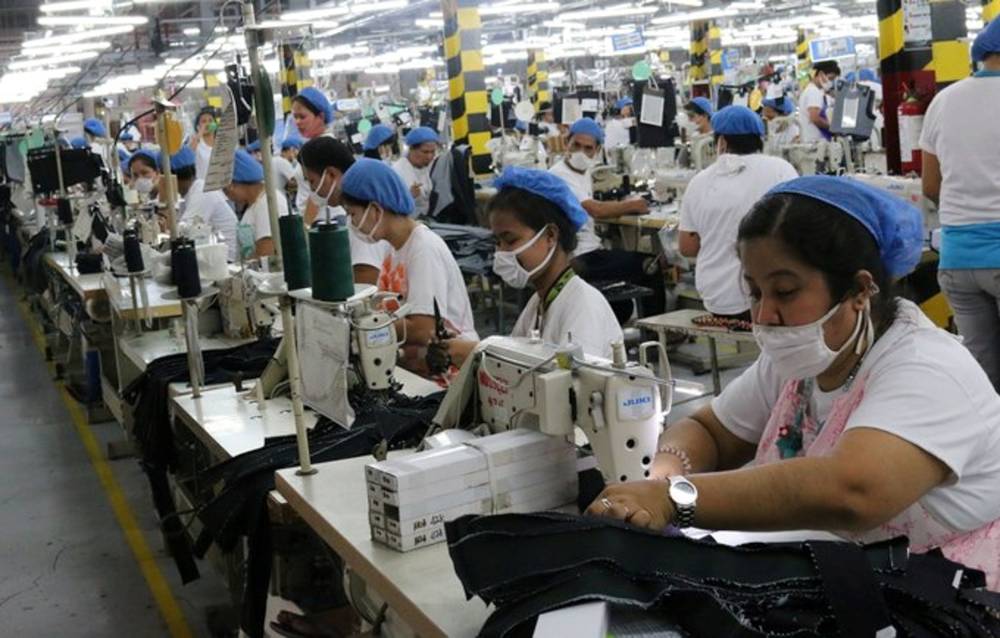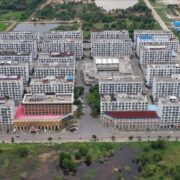PH factory activity recovered in June

Local factory activity came back to life in June after suffering from a notable loss in the preceding month, as resurgent demand revved up production and job creation in the sector.
A survey of around 400 companies showed the Philippines’ Purchasing Managers’ Index (PMI)—a gauge of the health of the manufacturing sector—rose to 50.7 in June from 50.1 in May, S&P Global said in a report on Tuesday.
This marked a recovery in manufacturing activity after nearly falling below the 50 mark separating growth from contraction.
But Maryam Baluch, an economist at S&P Global Market Intelligence, said the overall performance of Filipino producers remained relatively subdued as the first half of the year concluded.
“That said, the overall PMI figure masked some pockets of strength, such as the revival in employment, which was the first in four months. Output was also raised, thereby reversing the fall in May,” Baluch said.
Survey data showed the pace of growth in new orders was slightly stronger in June than the previous month, although it remained below the long-run survey average.
Companies attributed this to successful customer acquisitions, improving underlying demand trends and effective promotional efforts.
S&P said this upswing in new orders was sufficiently robust to push production levels back into expansion territory, albeit only fractionally. This is because demand from clients overseas continued to grapple with weakness amid global trade uncertainties.
“While new orders continue to rise, they do so at a historically muted pace, weighed down by a stalled exports picture,” Baluch said.
Employment
Overall, S&P said the recovery in new orders was enough to convince companies to hire more workers. Survey results showed employment in the manufacturing sector was at its strongest level since November last year, with companies linking the hiring growth to improving demand conditions.
Nevertheless, longer delivery times and material shortages led firms to reduce their inventories of inputs. The delays meant that goods-producing firms in the Philippines were unable to replenish their postproduction inventories effectively, reflecting the challenges faced by manufacturers in effectively expanding production amid growing demand.
But turning to prices, inflationary pressures remained historically subdued. Rates of both input price and output charge inflation were slightly slower in June than seen in May.
“The next couple of months will be important to gauge if the sector is able to return to growth rates seen in much of last year,” Baluch said.
“Lower inflationary pressures and sustained demand will in part help Filipino manufacturers to achieve this through scope for improved pricing power. However, historically muted business confidence suggests a more subdued path for the year ahead,” she added.





















